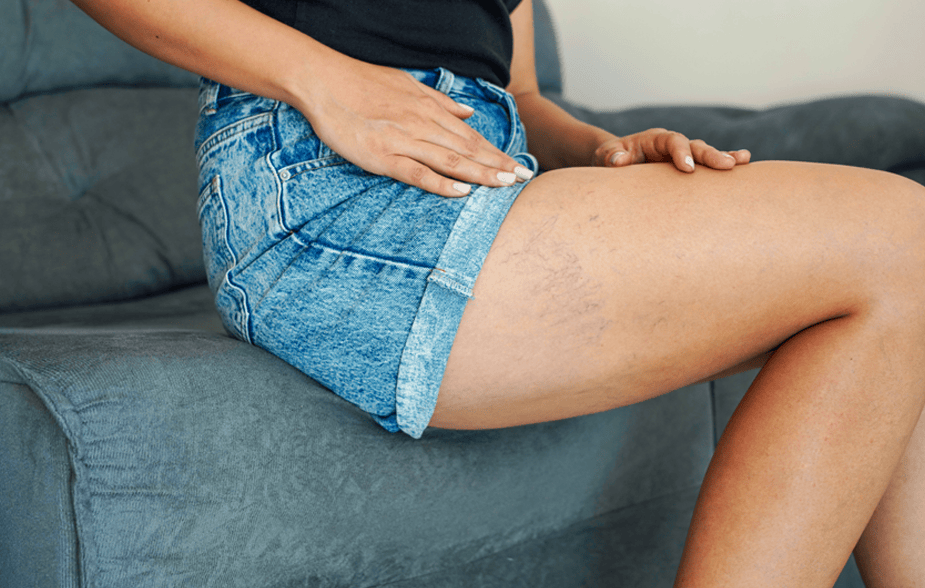Varicose veins is a condition in which the veins that are close to the body’s surface become enlarged or even bent. They are usually found in the legs and are fairly common among adults.
Symptoms
Besides the obvious sign of having enlarged veins, some other symptoms include:
- Scarring
- Muscle cramps when standing up or making quick movements
- A burning sensation in the legs
- Swollen ankles
Related conditions
While varicose veins do not usually harm a person’s health, other conditions may develop if there is poor blood circulation. These include skin ulcers, dermatitis, pain while walking, blood clots in the legs, and cancer in the ulcers.
Causes and Risk Factors
Researchers have yet to find a direct cause for varicose veins, but some factors increase your likelihood of developing them. Women are more likely than men to suffer from varicose veins. Further, the condition could be inherited from your parents. Obesity, pregnancy, aging, and menopause also increase a person’s risk of developing varicose veins.
Regarding lifestyle factors, people who stand for long periods or have leg injuries, a strain in the abdomen, or venous reflux, could develop this condition.
Diagnosis and Treatment
To diagnose the condition, a healthcare professional may conduct an ultrasound scan of your leg to detect blood clots. Non-invasive treatments for varicose veins include wearing compression socks, raising the legs regularly, and moderate exercise.
For chronic cases, your podiatric physician may recommend surgery. These include laser therapy, injection with a solution to close the veins, catheters, and vein stripping. Regardless of whether your condition is severe or mild, visit your podiatric physician as soon as possible if you’re experiencing any of the symptoms mentioned above.
Podiatrist Newsletter provided by LRW Media. Images provided by Shutterstock.
